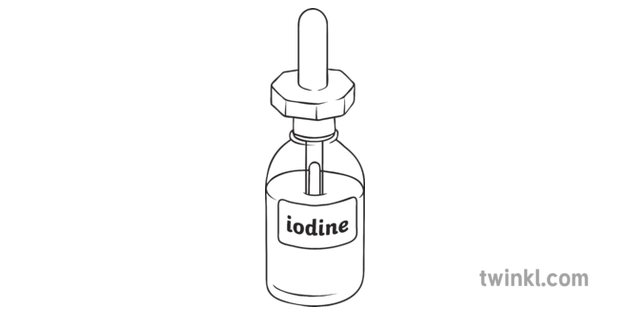Aim: To test if a sample of food contains complex sugar, simple sugar and protein.
Hypothesis: I think that it will have all of
Bread
Meat
Cheese
Pickle
Will all change colour.
Equipment:
Complex Sugar:
- Test Tube
- Food Sample
- Iodine Solution
Simple Sugar:
- Water Bath
- Test Tube Tongs
- Benedict's Solution
- A Sample of Food
Protein:
- Test Tube
- Sodium Hydroxide (NaOH)
- Copper Sulfate (CuSO4)
- Food Sample
Method:
Complex Sugar:
- Place about 2 ml of sample in a test tube.
- Add 3-5 drops of iodine and mix.
Simple Sugar:
- Place about 2ml of the sample into a test tube and then add 5 drops of Benedict's Solution.
- Heat with a hot water bath until it changes colour.
Protein:
- Place about 2 ml of the sample into a test tube and add 5 drops of sodium hydroxide.
- Add 5 drops of copper sulfate.
- Shake the test tube gently from side to side.
Results:
Complex Sugar:
Bread has complex sugar. Meat doesn't have complex sugar. Cheese doesn't have complex sugar. Pickle has complex sugar.
Simple Sugar:
Bread is a simple sugar. Meat is not simple sugar. Cheese is not a simple sugar. Pickle is a simple sugar.
Protein:
Bread is not protein. I'll update the rest as soon as possible.
Bread has complex sugar. Meat doesn't have complex sugar. Cheese doesn't have complex sugar. Pickle has complex sugar.
Simple Sugar:
Bread is a simple sugar. Meat is not simple sugar. Cheese is not a simple sugar. Pickle is a simple sugar.
Protein:
Bread is not protein. I'll update the rest as soon as possible.
Conclusion:
In conclusion, my hypothesis didn't get all correct except some of them, like, meat, cheese and bread (in protein). What I had learnt in this experiment is that meat and cheese do not have complex or simple sugar.





